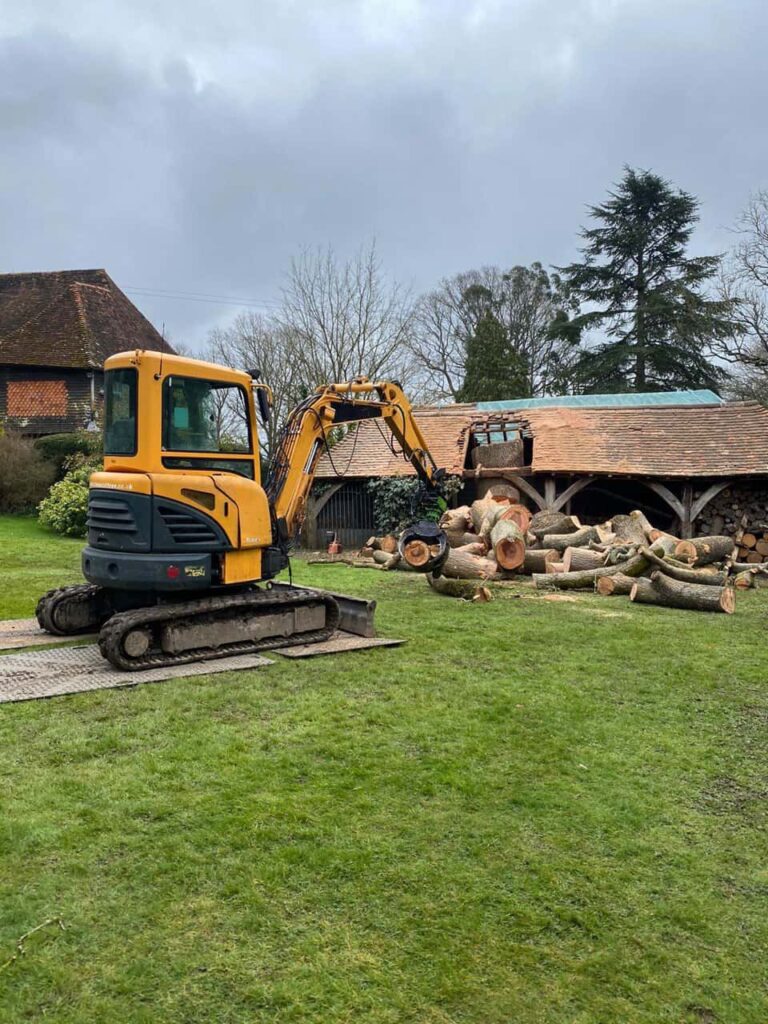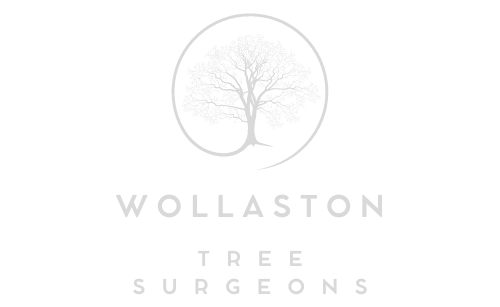Do Tree Stumps Really Decay Naturally Without Issues?
When a tree is felled, many homeowners are tempted to leave the stump behind, assuming it will simply rot away over time. While this is technically true, the process of natural decay can take years and often causes more problems than it solves. At Wollaston Tree Surgeons, we regularly advise property owners in Wollaston, Northamptonshire, on why relying on natural stump decay is rarely the best option.
How Long Does Natural Decay Take?
A tree stump left in the ground can take anywhere from 5 to 20 years to fully decompose, depending on:
- Tree species – hardwoods like oak and beech decay far more slowly than softer woods such as pine.
- Size of stump – large stumps with deep roots will remain in place much longer.
- Moisture and soil conditions – damp environments encourage fungi and decay, but also increase other risks.
This lengthy process means stumps can remain an eyesore and obstruction for decades if left untreated.
The Problems with Letting Stumps Decay Naturally
While natural decay may sound harmless, it often leads to issues that homeowners overlook:
- Pest Attraction – decaying stumps provide the perfect habitat for ants, beetles, and even termites, which can spread into nearby wooden structures.
- Regrowth Problems – many stumps produce new shoots, leading to messy, unwanted growth that can become difficult to manage.
- Fungal Spread – rotting wood encourages fungi that can spread to healthy trees, shrubs, and plants nearby.
- Trip Hazards – stumps create dangerous obstacles in gardens, particularly for children and the elderly.
- Reduced Property Appeal – stumps can make gardens look unkempt, which is especially problematic if you plan to sell your home.
Why Professional Stump Removal Is the Better Choice
At Wollaston Tree Surgeons, we recommend professional stump grinding or removal for a safe, clean, and long-lasting solution. Unlike waiting for natural decay, stump removal:
- Clears space for replanting or landscaping projects.
- Eliminates the risk of regrowth and fungal infections.
- Improves garden safety and appearance.
- Prevents pests from settling close to your home.
- Provides a permanent solution rather than waiting years for results.
Stump Removal vs. Stump Grinding
Both methods are effective, but they serve slightly different purposes:
- Stump grinding reduces the stump below ground level, blending it back into the soil.
- Full stump removal extracts the root system entirely, ideal for larger projects where new planting or construction is planned.
At Wollaston Tree Surgeons, we assess each situation individually and advise on the most suitable method for your property.
Conclusion
Although tree stumps will eventually decay on their own, the process is slow and can lead to a host of issues such as pests, fungi, and safety hazards. Professional stump removal provides a cleaner, faster, and safer solution, ensuring your garden remains attractive and usable. Wollaston Tree Surgeons is here to help homeowners in Wollaston, Northamptonshire, deal with stumps efficiently and restore their outdoor spaces with ease.
Call us on: 01933 823 181
Click here to find out more about Wollaston Tree Surgeons
Click here to complete our contact form and see how we can help with your tree needs.

